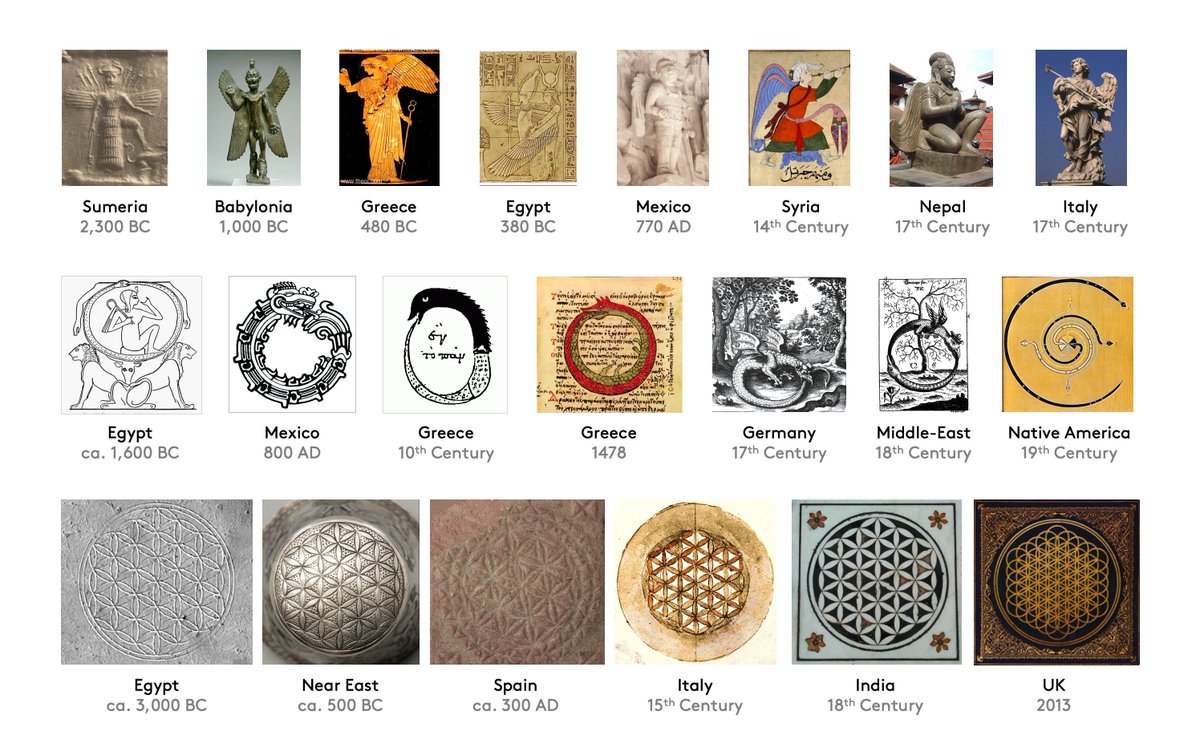
Luboš Plný is a Czech painter and conceptual artist, usually classified as a creator of art brut ("raw art" or "rough art"), a label created by French artist Jean Dubuffet to describe art created outside the boundaries of official culture. 







Plný is fascinated by medical iconography. An expert in the mysteries of anatomy, he devotes himself – when not drawing – to all sorts of performances where he confronts the limits of pain, which he experiences as an act of purification, transforming suffering into artistic work.
He incorporates organic materials, photographs from 19th century atlases, pictures of anatomical wax models, and clippings of models from fashion magazines in his work. These images form the foundation for his graphical compositions.
Plný transforms their original context by adding his personal story. He keeps a “retrospective journal” in which he lists, classifies, orders, and dissects everything that is around him and could have an effect on him and his body.
Text adapted from Christian Berst art gallery and abcd / Art Brut. Thanks for the pointer Tim Wood. #art #brut #raw #artists #biology #human #body #pain #iconography #drawings #painting #illustration
• • •
Missing some Tweet in this thread? You can try to
force a refresh






